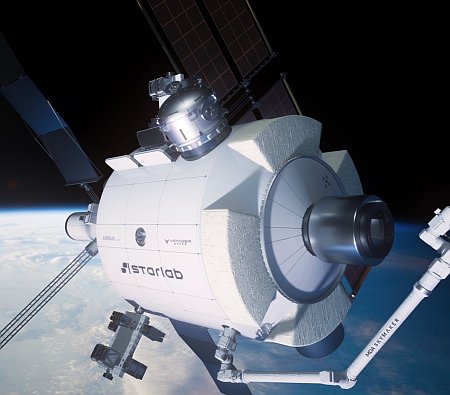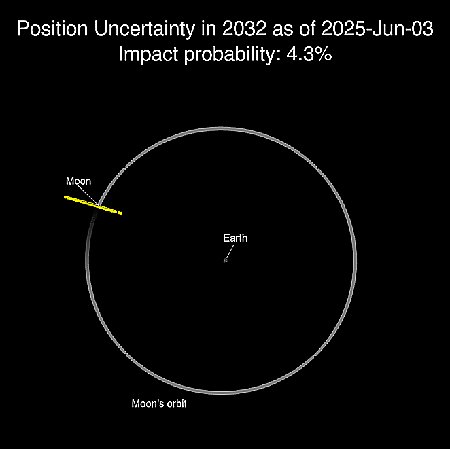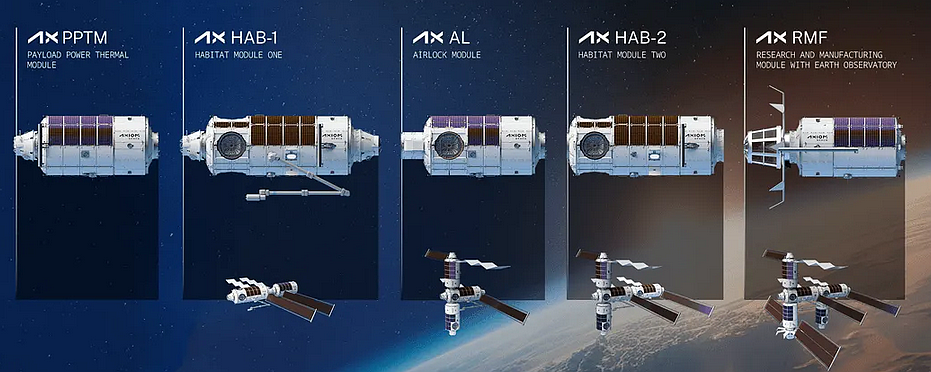Why Kennedy’s decision to fire everyone at the CDC advisory panel was only a start

One of many sudden public collapses from jab-induced heart failure.
Click for full video.
On June 9, 2025 the head of the Health and Human Services at the federal government Robert Kennedy fired all seventeen members of the Centers for Disease Control and Prevention’s (CDC) Advisory Committee for Immunization Practices (ACIP).
According to Kennedy, each member was appointed by the Biden administration as part of a “concerted effort to lock in public health ideology” and to limit the Trump administration from taking “the proper actions to restore public trust in vaccines.” ACIP members usually serve four-year terms. Because 13 appointees took their seats in 2024, without the complete ouster, the committee would not have had a Kennedy-selected majority until 2028.
“A clean sweep is necessary to reestablish public confidence in vaccine science,” Kennedy said in the HHS release. He will be responsible for appointing the new committee members, which are scheduled to meet from June 25 to June 27 to discuss a slate of vaccines, including those for anthrax, chikungunya, COVID-19, cytomegalovirus, influenza and HPV.
All the usual suspects on the left, including members of Congress and in the propaganda press, immediately went into a hissy-fit, claiming Kennedy’s action was “politicizing the ACIP,” even though it is blatantly obvious that Biden had made his 2024 appointments, just before the election, for his own political reasons.
Politics aside, however, the real reason to dump these Biden-era appointees is that they were also part of the “intellectual” cabal that foisted jab mandates, mask mandates, six-foot social distancing, and lockdowns on everyone. None of these policies were based on any proven science research, and in fact they violated decades of infectious disease policy that recommended doing the exact opposite, across the board.
Worse, there is now clear evidence [pdf] that these same people demanded the imposition of jab mandates, even though they were well aware at the time that the jab caused serious side effects that killed. As noted in this June 11, 2025 report:
» Read more












